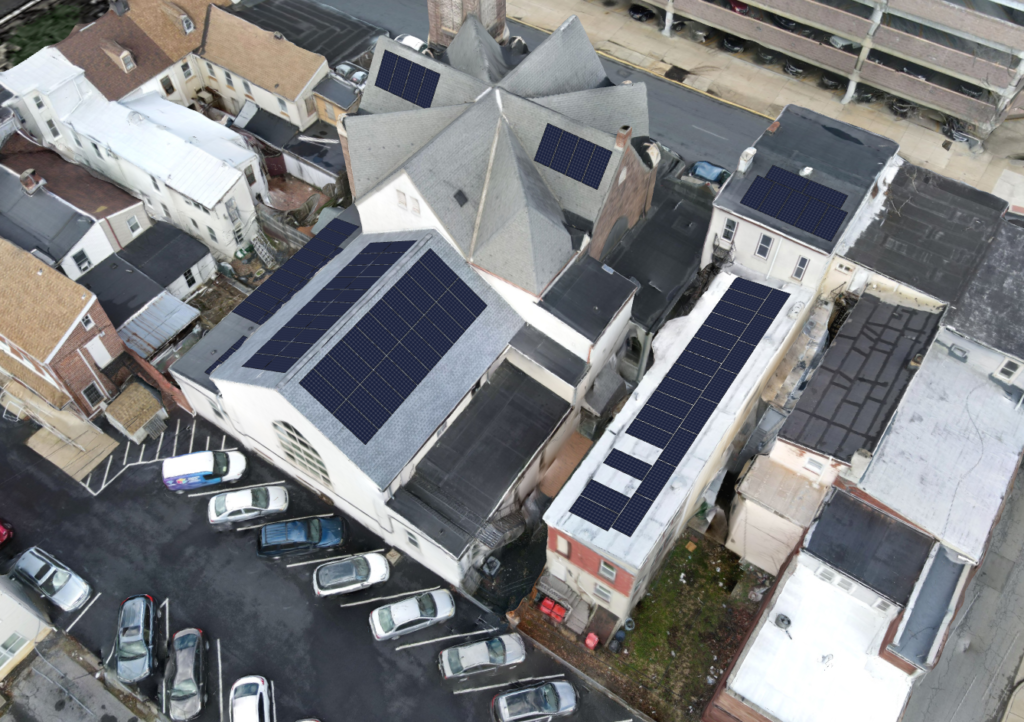
As we reported earlier, we have signed a contract with Solar States to do the engineering/design phase of our photovoltaic system. We had a Zoom call with Solar States last week to go over the preliminary plans and discuss inverters.
I am not the best person to explain things, so I asked the text-based artificial intelligence tool ChatGPT to help write this article. The ChatGPT answers are italicized below.
What is a solar string inverter?
A string inverter is a type of inverter used in photovoltaic (solar) systems to convert direct current (DC) electricity generated by the solar panels into alternating current (AC) electricity that can be used to power homes and businesses. The term “string” refers to the interconnected arrangement of multiple solar panels that are connected in series, with the output of one panel feeding into the next. The combined DC output of the panels is then fed into the string inverter, which converts it into usable AC power. String inverters are typically centralized and are located near the electrical service panel or near the point of connection to the electrical grid.
What is a solar microinverter?
A microinverter is a type of inverter used in photovoltaic (solar) systems to convert direct current (DC) electricity generated by each individual solar panel into alternating current (AC) electricity. Unlike string inverters, which are centralized and convert the combined DC output of multiple panels, microinverters are connected directly to each panel and are capable of converting the DC output of just one panel into AC power. This decentralization allows for more flexibility and increased performance, as each panel operates independently and can optimize its own output. However, microinverters are generally more expensive than string inverters and are better suited for smaller solar installations.
Can you compare solar string inverters and microinverters?
Yes, here is a comparison between solar string inverters and microinverters:
Solar string inverters:
- Centralized: One string inverter is connected to multiple solar panels.
- Cost-effective: They are less expensive than microinverters but the cost per panel is higher.
- Less flexible: If one panel fails, the entire string is affected.
- Better for larger systems: String inverters are better suited for larger systems as they are more efficient at higher power levels.
Microinverters:
- Decentralized: Each panel has its own microinverter.
- More expensive: They are more expensive than string inverters but the cost per panel is lower.
- More flexible: If one panel fails, only that panel is affected and the rest of the system continues to function.
- Better for smaller systems: Microinverters are better suited for smaller systems as they can handle lower power levels more efficiently.
Wow…I like the answers from the ChatGPT. I wish they would have had this when I was in school! I will be using it in the future to help write more solar panel articles for the Univoice. Feel free to contact the Solar Team with any questions/suggestions at g.solar.team@uuberks.org. Thanks

